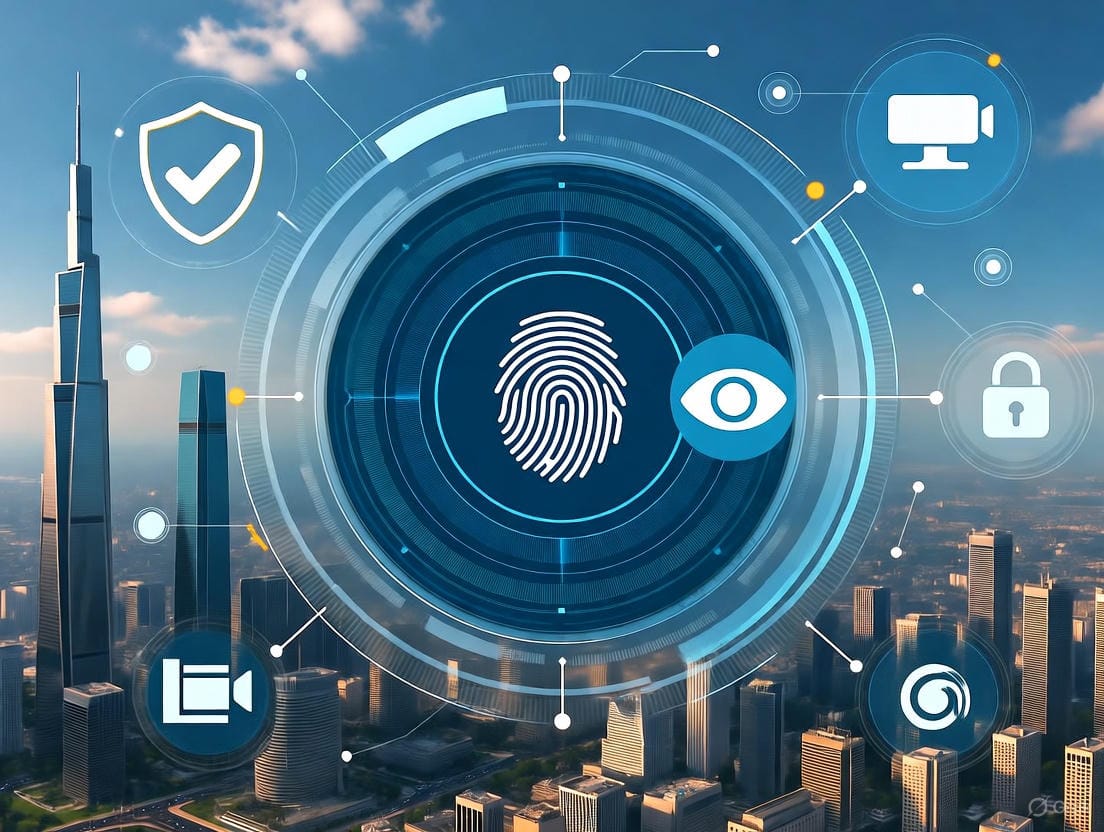How Technology Can Impose Control on Populations
In an increasingly digital world, technologies such as centralized digital currencies, biometric IDs, AI-driven surveillance, and social credit systems can be interwoven to create a powerful framework for monitoring and controlling population behavior.

In the digital age, advancements in technology offer powerful tools for monitoring, influencing, and regulating human behavior on a large scale. This article explores hypothetical and real-world mechanisms through which technologies like digital currencies, identification systems, artificial intelligence, and surveillance can be layered to create comprehensive control over populations.
Digital Currencies for Financial Oversight
One foundational method involves introducing a centralized digital currency, such as a Central Bank Digital Currency (CBDC). This system allows for the emission of currency units directly from a central authority, enabling real-time tracking of all transactions. Every purchase, transfer, or payment can be logged, analyzed, and potentially restricted based on predefined rules. For instance, funds could be programmed to expire, be limited to certain uses, or be frozen if linked to undesired activities.
In practice, this creates a transparent financial ecosystem where anonymity is minimized. Transactions are tied to user identities, preventing the use of cash or decentralized alternatives. This not only curbs informal economies but also enforces compliance through economic incentives or penalties. By integrating blockchain-like ledgers with centralized control, the system ensures that economic behavior aligns with broader objectives, such as resource allocation or behavioral nudging.
Digital IDs and Biometric Verification
Building on financial tools, a digital personal ID system linked to biometrics—like fingerprints or facial recognition—provides a robust identification layer. This ID can be required for border crossings, access to services, or daily interactions, ensuring that individuals are constantly verifiable. Checks at entry and exit points, combined with real-time scanning, limit mobility and track movements across regions.
Extended to wearable devices or implants, this technology monitors location, health metrics, and even emotional states. Integration with other systems allows for automated decisions, such as granting or denying access based on compliance history. Such setups reinforce control by making anonymity impossible and tying personal data to all aspects of life.
AI and Autonomous Systems for Operational Control
Artificial intelligence (AI) amplifies control when deployed in autonomous vehicles, drones, and robots. For example, self-driving cars managed by AI can restrict travel routes, speeds, or destinations based on user profiles. AI algorithms analyze data from sensors to predict and prevent deviations, such as unauthorized gatherings.
Beyond transportation, AI can automate security, production, and resource distribution. Predictive policing uses data patterns to anticipate behaviors, deploying resources preemptively. In smart cities, AI integrates with the Internet of Things (IoT) to monitor energy use, waste, and daily routines, optimizing systems while enforcing norms through automated adjustments or alerts.
Surveillance and Monitoring Technologies
Comprehensive surveillance forms the backbone of control, utilizing cameras, sensors, and data analytics. Facial recognition and AI-driven video analysis can track individuals in public spaces, identifying "suspicious" activities in real time. Combined with geolocation from mobile devices, this creates a panopticon effect, where constant observation encourages self-regulation.
IoT devices in homes and workplaces extend this to private spheres, collecting data on conversations, consumption, and interactions. Advanced algorithms filter and flag content, enabling proactive interventions. This layered monitoring reduces the need for physical enforcement by making non-compliance detectable and punishable instantly.
Social Credit Systems for Behavioral Incentives
A social credit system ties together data from IDs, finances, and surveillance to score individuals on "desirable" behaviors. AI evaluates actions—like social media posts, purchases, or compliance with rules—to assign credits or debits. Low scores could limit access to jobs, travel, or services, while high scores offer rewards.
This mechanism promotes conformity through gamification, where everyday choices impact overall standing. Integrated with digital currencies, penalties can be financial, creating a self-sustaining loop of behavioral control.
Control over Information and Communications
Finally, centralized networks and AI-moderated platforms can regulate information flow. Internet access routed through controlled gateways allows for content filtering, censorship, and personalized propaganda. Social media algorithms prioritize approved narratives, while AI detects and suppresses dissent.
Education and media delivered via AI platforms shape perceptions from an early age, embedding desired values. This informational dominance ensures that alternative viewpoints are marginalized, solidifying overall control.
Conclusion
These technologies, when interconnected, form a web of control that influences finances, movements, behaviors, and thoughts. While offering efficiency and security, they highlight the potential for reduced individual autonomy. Understanding these mechanisms is crucial for navigating the balance between innovation and freedom in our increasingly digital world.





